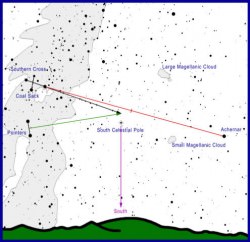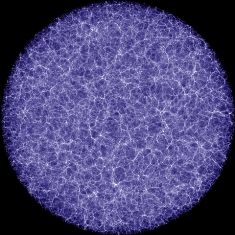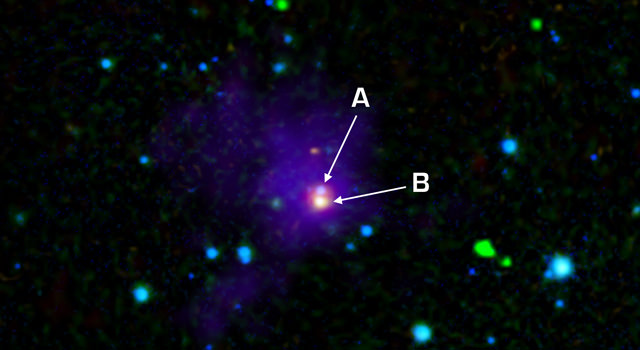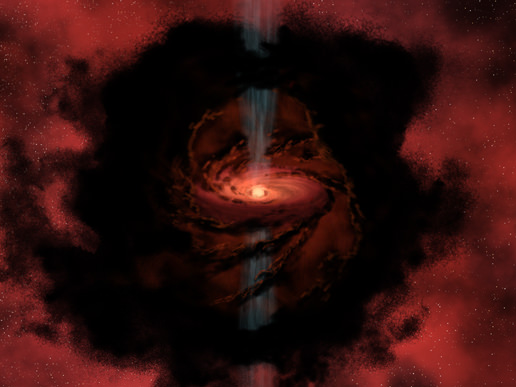Greetings, fellow SkyWatchers! Yep. The Moon is back, but this weekend can still present some great opportunities for enjoying astronomy. If you’re up early or out late? Well, hey… The Leonid meteor shower is still producing activity! Why not take a few minutes to learn about a great variable star you can follow without optical aid or study a new lunar feature? There’s plenty to do for binoculars and small telescopes – and perhaps even a clever new study you haven’t looked at yet! Whenever you’re ready, I’ll see you in the dark…
 Friday, November 20, 2009 – Today celebrates the birth of a significant astronomer, Edwin Hubble. Born on this date in 1889, Hubble became the first American astronomer to identify Cepheid variables in M31, which in turn established the extragalactic nature of the spiral nebulae. Continuing with the work of Carl Wirtz, and using Vesto Slipher’s redshifts, Hubble could then calculate the velocity–distance relation for galaxies. This has become known as Hubble’s Law and demonstrates the expansion of our universe.
Friday, November 20, 2009 – Today celebrates the birth of a significant astronomer, Edwin Hubble. Born on this date in 1889, Hubble became the first American astronomer to identify Cepheid variables in M31, which in turn established the extragalactic nature of the spiral nebulae. Continuing with the work of Carl Wirtz, and using Vesto Slipher’s redshifts, Hubble could then calculate the velocity–distance relation for galaxies. This has become known as Hubble’s Law and demonstrates the expansion of our universe.
Tonight we’ll pass the Moon and head just a little more than a fist-width west of the westernmost bright star in Cassiopeia, to have a look at Delta Cephei (RA 22 29 10 Dec +58 24 54). This is the most famous of all variable stars and the granddaddy of all Cepheids. Discovered in 1784 by John Goodricke, its changes in magnitude are not due to a revolving companion but rather the pulsations of the star itself.
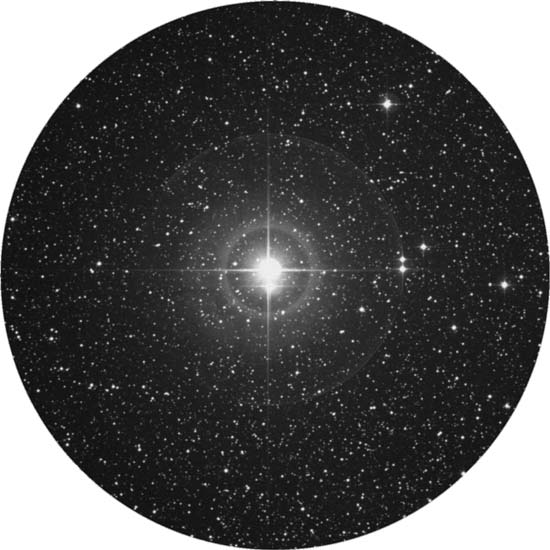
Ranging over almost a full magnitude in 5 days, 8 hours, and 48 minutes precisely, Delta’s changes can easily be followed by comparing it to nearby Zeta and Epsilon. Upon reaching its dimmest point, it will brighten rapidly in a period of about 36 hours yet take 4 days to slowly dim again. Take time out of your busy night to watch Delta change and change again. It’s only 1,000 light-years away and doesn’t even require a telescope! (But even binoculars will show its optical companion.)
Saturday, November 21, 2009 – Tonight let’s go to the southern lunar cusp to identify two small but very nice craters. Using previous study Fabricus, continue south and look for the pair connected side-to-side rather than end-to-end.
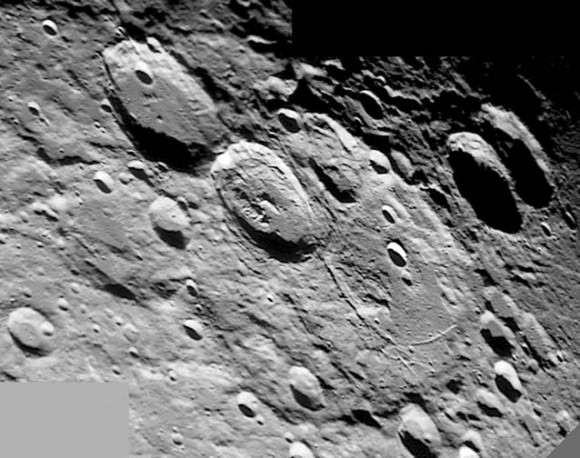
This is crater Watt, with Steinheil intruding on it. Remember the distance traveled south from Fabricus to this pair and extend that distance even further south. Seen on the limb is crater Biela. If conditions are stable, you might pick up a tiny black point in Beila’s west wall, Biela C.
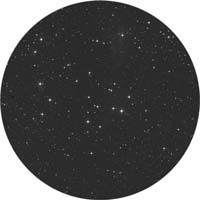 Before we retire to the shadows tonight, let’s study the small, open cluster NGC 225, located a finger-width northwest of Gamma Cassiopeiae (RA 00 43 42 Dec +61 47 00). This 7th magnitude collection has been described by some as looking like a sailboat. A fascinating name might be the ‘‘Metamorphosis Cluster,’’ since the southwestern region of the cluster looks like a butterfly asterism and, to the northeast is the caterpillar-like asterism. Although just barely detectable as an unresolved patch through binoculars on a dark night, tonight’s Moon means that magnification is needed just to make out its half-dozen brighter 9th magnitude members. Modest scopes should reveal two dozen stars to magnitude 12.
Before we retire to the shadows tonight, let’s study the small, open cluster NGC 225, located a finger-width northwest of Gamma Cassiopeiae (RA 00 43 42 Dec +61 47 00). This 7th magnitude collection has been described by some as looking like a sailboat. A fascinating name might be the ‘‘Metamorphosis Cluster,’’ since the southwestern region of the cluster looks like a butterfly asterism and, to the northeast is the caterpillar-like asterism. Although just barely detectable as an unresolved patch through binoculars on a dark night, tonight’s Moon means that magnification is needed just to make out its half-dozen brighter 9th magnitude members. Modest scopes should reveal two dozen stars to magnitude 12.
Sunday, November 22, 2009 – On the lunar surface tonight, the three rings of Theophilus, Cyrillus, and Catharina will emerge, but tonight let’s power up on Theophilus and see what we can find! The area just northeast of Theophilus—where Mare Tranquillitatis and Mare Nectaris join—is called Sinus Asperitatis.
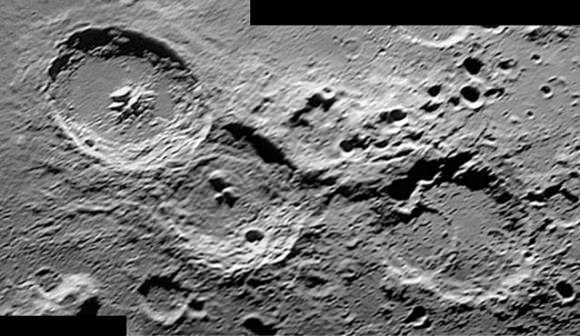
Toward its center, you will see the remains of a once grand (nameless) crater holding the younger, sharper Torricelli in its center. Dropping back to Theophilus, just outside of its east wall, you will also find a young crater, Madler. As you head east across the northern shore of Mare Nectaris, look carefully for two partial rings. The northernmost is so eroded that it never received a name, while a slight, faint horseshoe marks all that remains of Daguerre.
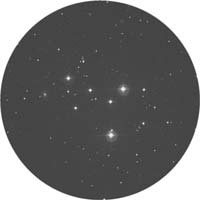 Tonight let’s test our starhopping and observing talents by starting first with a beautiful double – Gamma Arietis. Now look about a fist-width east-southeast for dim little Pi. When you have Pi centered, move about half a degree southwest for an alternative catalog study—DoDz 1.
Tonight let’s test our starhopping and observing talents by starting first with a beautiful double – Gamma Arietis. Now look about a fist-width east-southeast for dim little Pi. When you have Pi centered, move about half a degree southwest for an alternative catalog study—DoDz 1.
Although you might find this sparkling double handful of stars of little interest, think twice before you hop on. Although DoDz studies are far more scattered and less populous than most galactic clusters, it doesn’t make them less interesting. What you are looking at are basically the fossils of once active and more concentrated regions of stars. As the cluster has matured, the lower mass members have been stripped away and joined the general population. Known as a ‘‘dissolving cluster,’’ DoDz 1 is all that’s left of a far grander collection. Very ancient. . .yet still very beautiful!
Enjoy your celestial adventures!
This week’s awesome images are (in order of appearance): Edwin Hubble (widely used public image), Delta Cephei (credit—Palomar Observatory, courtesy of Caltech), Steinheil and Watt at limb (credit—Alan Chu), NGC 225 (credit—Palomar Observatory, courtesy of Caltech), Theophilus, Cyrillus, and Catharina (credit—Alan Chu) and Dolidze-Dzimselejsvili 1 (credit—Palomar Observatory, courtesy of Caltech). We thank you so much!

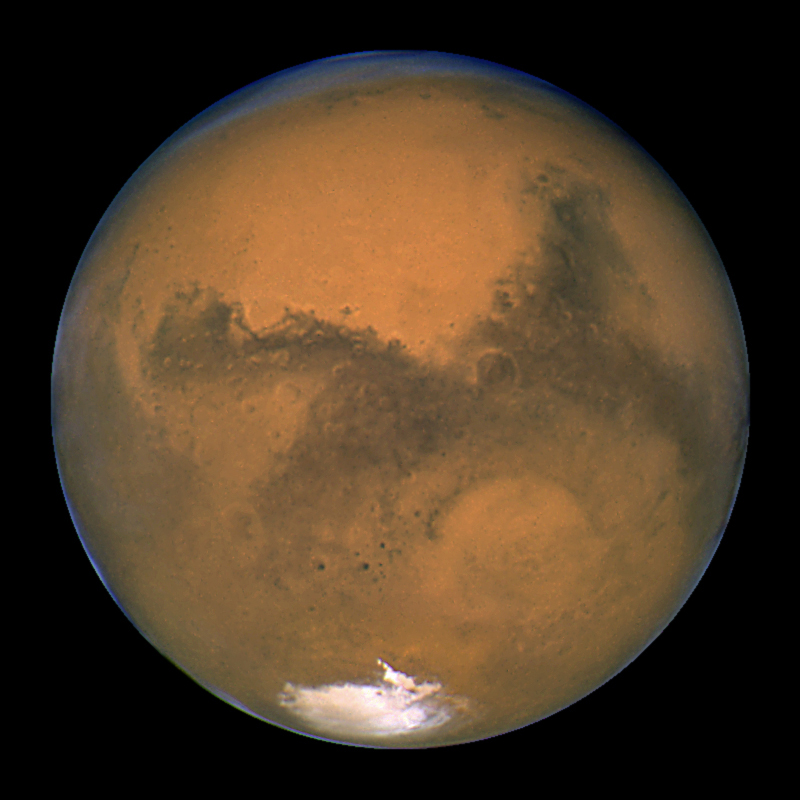
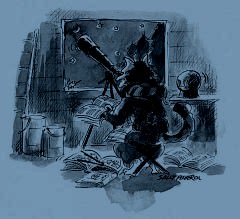

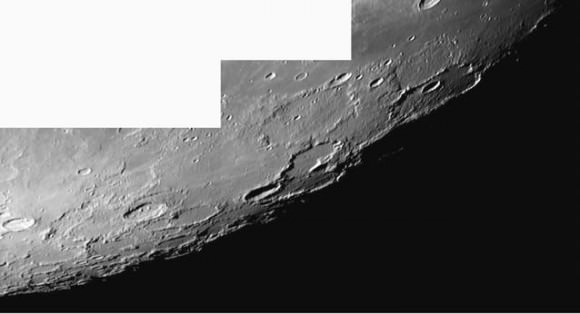
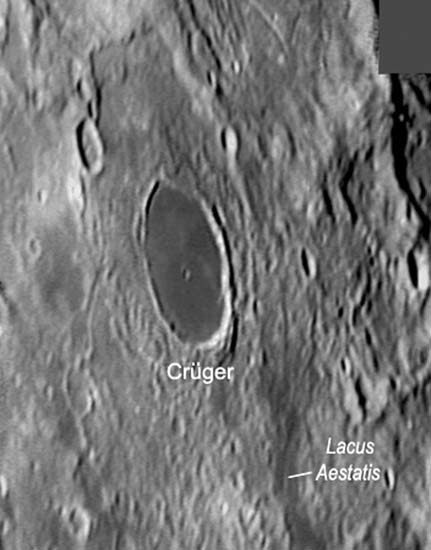
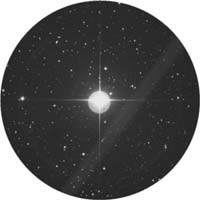

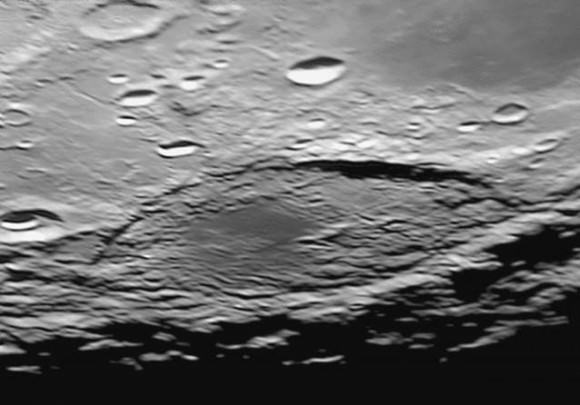
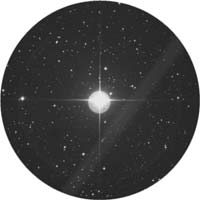
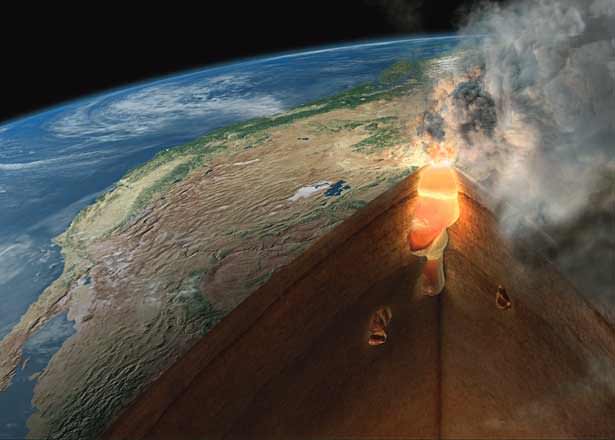
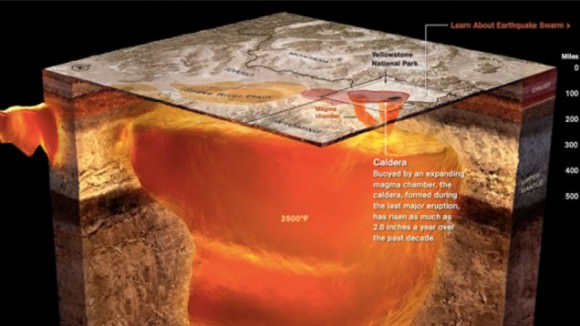
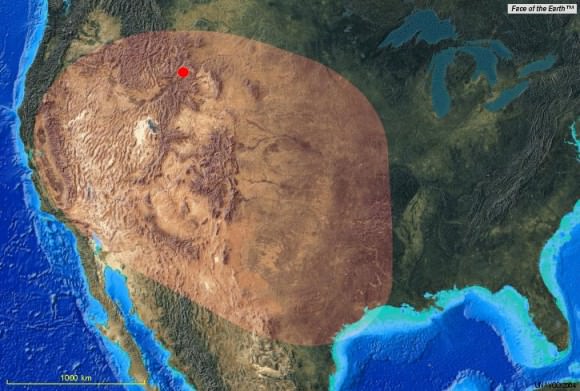
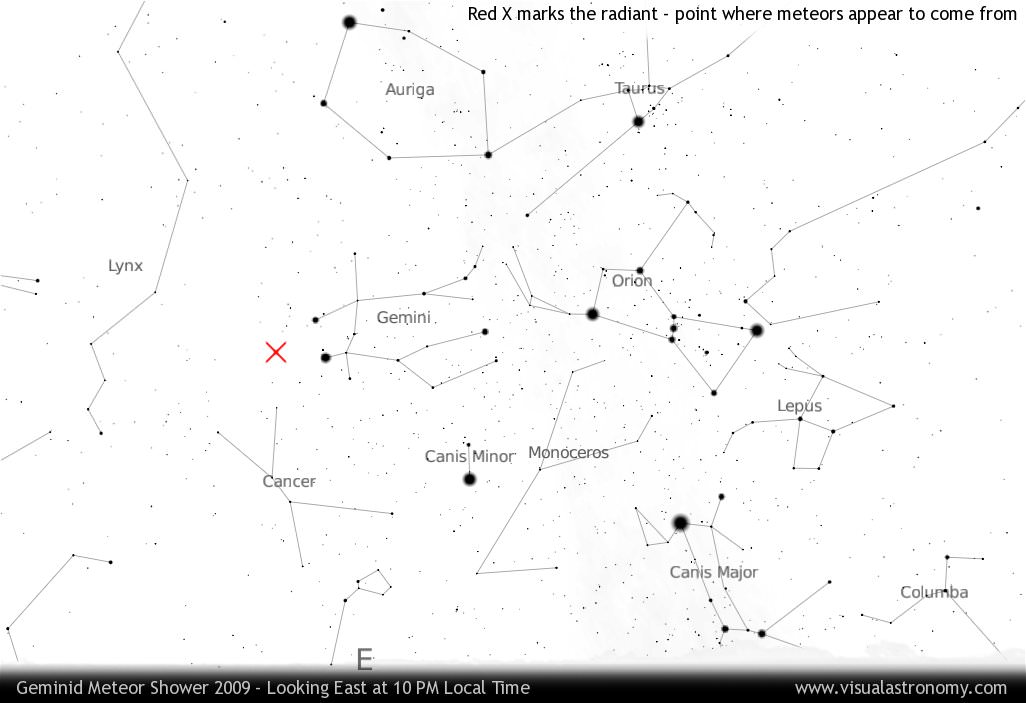
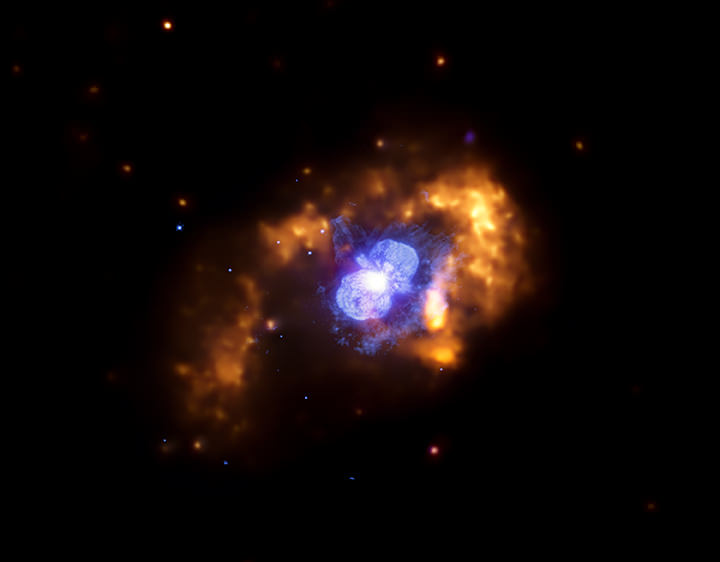
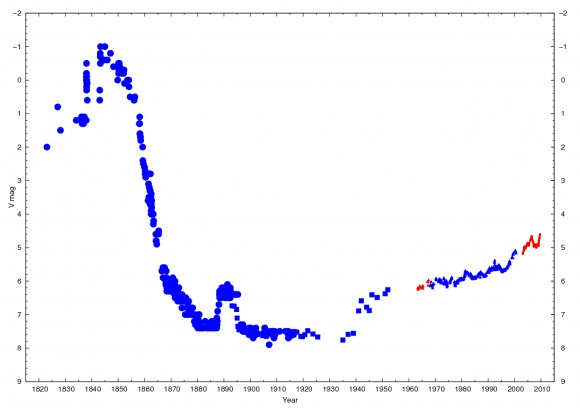
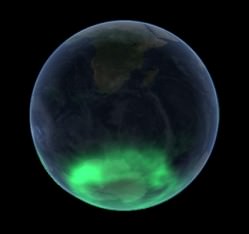 climb a mountain in Tasmania, or even better catch an icebreaker to Antarctica, to see it.
climb a mountain in Tasmania, or even better catch an icebreaker to Antarctica, to see it.